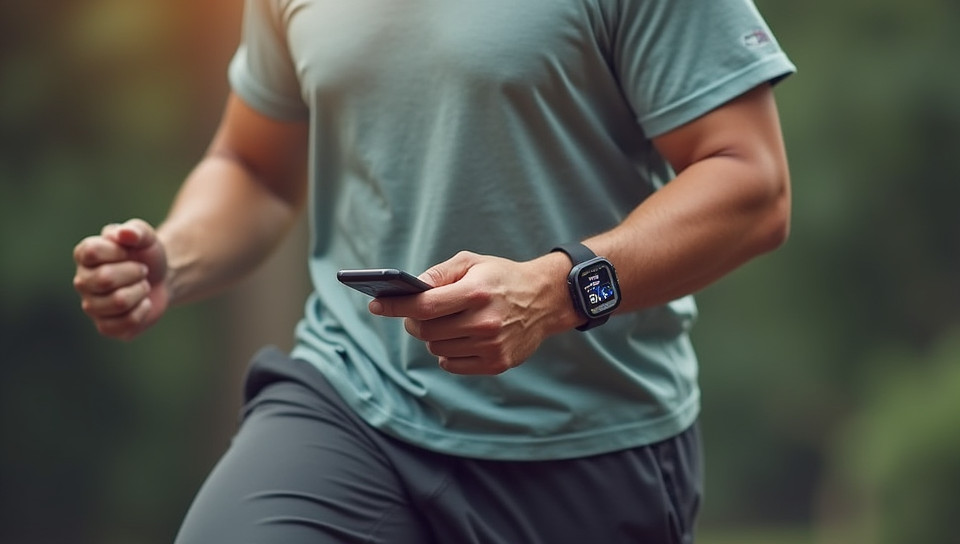Wearable tech does not always track physical activity accurately 75%

The Dark Side of Wearable Tech: When Fitness Trackers Fail
As we continue to live in an era dominated by wearable technology, it's easy to get caught up in the excitement of tracking our every move and activity. We proudly wear our fitness trackers, step counters, and smartwatches on our wrists, expecting them to provide us with accurate data about our physical activity levels. However, a closer look at these devices reveals that they often fall short of delivering precise information.
The Inaccuracy Problem
Fitness trackers rely on sensors like accelerometers, gyroscopes, and GPS to measure our movements and activities. While these sensors are highly advanced, they can be prone to errors caused by various factors such as:
- Movement patterns
- Body type and composition
- Environmental conditions (e.g., weather, terrain)
- Device calibration issues
How Inaccurate Are Fitness Trackers?
Studies have shown that wearable fitness trackers often overestimate or underestimate the number of steps taken, distance covered, and calories burned. A study published in the Journal of Science and Medicine in Sport found that popular fitness trackers were inaccurate by as much as 20-30% when compared to a gold standard pedometer.
What Causes Inaccuracy?
Several factors contribute to the inaccuracy of wearable fitness trackers:
- Sensor sensitivity: The sensors used in these devices can be sensitive to certain movements or activities, leading to false readings.
- Algorithm limitations: The algorithms used to calculate physical activity levels can be flawed, resulting in inaccurate data.
- User behavior: Users may not always wear their devices correctly, which can affect the accuracy of readings.
What Does This Mean for Us?
The inaccuracies in wearable fitness trackers have significant implications for individuals who rely on these devices for motivation and progress tracking. If we're relying on our trackers to guide us towards a healthier lifestyle, inaccurate data can be misleading and discouraging.
Conclusion
While wearable fitness trackers are a convenient way to monitor our physical activity levels, it's essential to understand their limitations. By acknowledging the potential inaccuracies of these devices, we can take steps to use them more effectively and make informed decisions about our health and wellness. Ultimately, a balanced approach that combines wearable technology with other forms of tracking and self-assessment will provide a more accurate picture of our physical activity levels.
- Created by: Mariana Sánchez
- Created at: Aug. 13, 2024, 10:32 p.m.
- ID: 7025








